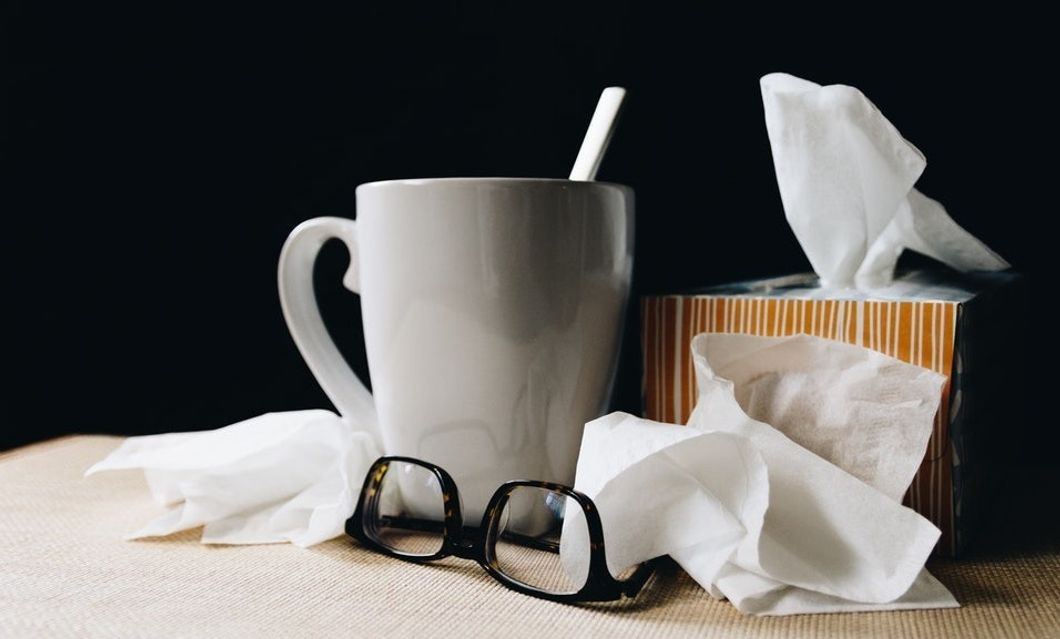Bacteria are a form of prokaryote that comprise of unicellular microorganisms that have cell walls but lack membrane-bound organelles (such as mitochondria or nuclei), and can cause a wide variety of diseases ranging from strep throat (resulting from Streptococcus pyogenes) to stomach ulcers (a sign of H. Pylori infection). Unlike viruses, which are obligate parasites that require the utilization of host cell organelles (such as ribosomes) to translate their genetic material into protein production, bacteria can survive outside of the human body and often grow in cultures through binary fission to maximum capacity of whatever environment they can reasonably inhabit, as determined by factors such as limited nutrients.
The two main types of bacteria are those that contain a thick peptidoglycan layer around their cell wall (known as Gram positive bacteria, for their dark purple stain), and those that have a thinner layer of peptidoglycan around their cell wall but contain an addition outer layer composed of lipopolysaccharide. Our bodies naturally produce lysozyme, an enzyme found in tears and saliva, to destroy those peptidoglycan layers in gram positive bacteria in order to reduce risk of infection. In addition, administration of Beta-lactam antibiotics such as penicillin are a major factor in the destruction of these peptidoglycan layers to eliminate diseases caused by these bacteria.
Despite the advantages of these antibiotics to treat certain forms of bacteria, there is a clear danger in over-utilization that can lead to tolerance of the human body to a prescribed dosage, especially when it comes to treating Gram-negative bacteria. Gram-negative bacteria lack peptidoglycan layers and have the ability to grow resistant to antibiotic administration due to random genetic mutations that slowly accumulate in favor of surviving populations of bacteria after treatment, providing for a new culture of prokaryotes that cannot simply be eliminated through the same methods. In essence, continuous utilization antibiotics actually makes the bacterial strain more resistant to its effects.
Such a situation is occurring right now in Malawi, where constant antibiotic administration by self-treatment methodologies have resulted in bacterial strains that do not recede after attempts to treat the disease. In a country where health care provisions are stretched due to a lack of financial resources, doctors and other health care professionals are hard-pressed to find an effective cure for those whose bodies are already adapted to the typical treatments for bacterial infections.
Pharmaceutical companies in Malawi have been accused of over-prescribing these antibiotic treatments without proper consultation from medical professionals, and the results have yielded poorer recovery from antibiotic treatments. While new laws are being put into place to limit the distribution of antibiotics to patients, only time will tell whether or not these measures will help stem the tide of bacterial infection in developing nations.



















